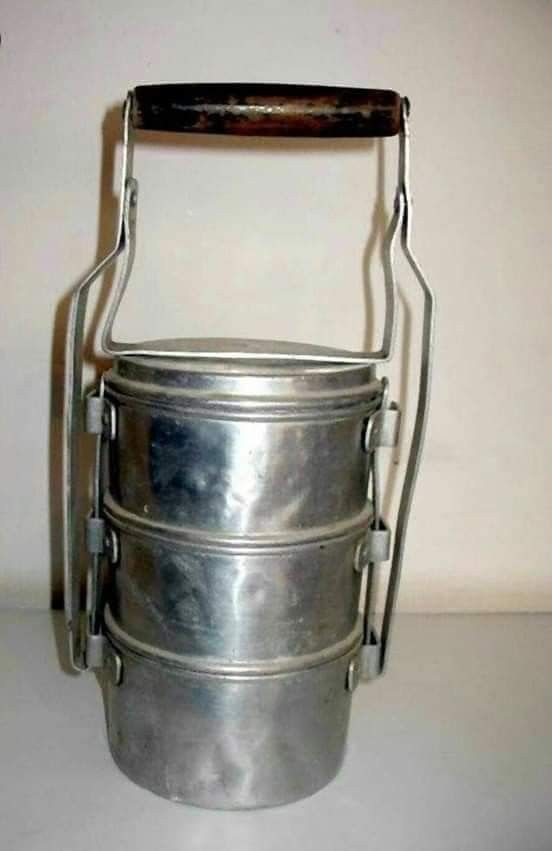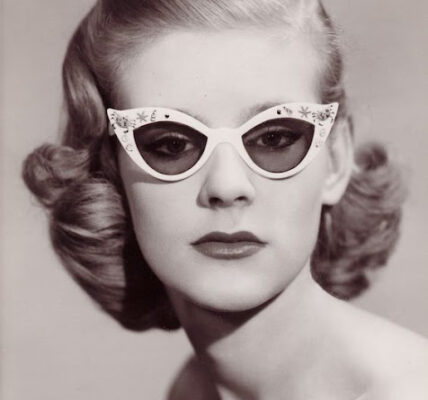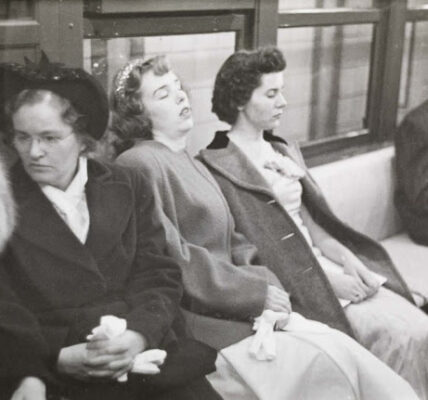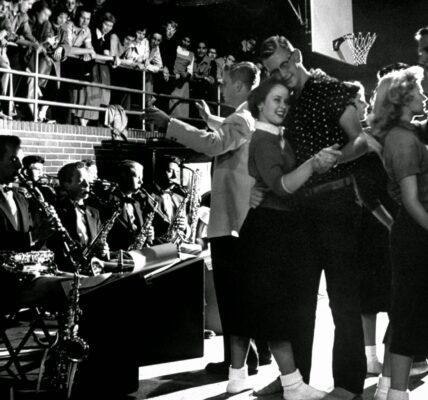Once a simple, practical item for carrying meals, the lunch box has transformed into a beloved symbol of childhood, personal expression, and pop culture. From rugged metal pails to brightly decorated character boxes, this everyday item reflects a century’s worth of social and technological changes. Whether it’s a construction worker’s reliable pail or a child’s colorful school essential, the lunch box tells a story. Let’s dive into the journey of the lunch box and explore how it evolved from a functional staple to a cultural phenomenon.
The Humble Beginnings of the Lunch Pail

In the 19th century, the first lunch boxes—known as lunch pails—were born out of necessity. Industrial workers needed a durable container to protect their midday meals from the harsh conditions of factories, coal mines, and construction sites. These early lunch carriers were often fashioned from repurposed metal tins or tobacco boxes, giving them a rugged, industrial look suited to the worksite. Their tough design ensured that meals stayed intact, even in the roughest environments.
Around the 1880s, children began to mimic their hardworking fathers by using similar metal containers for their lunches. Makeshift lunch boxes fashioned from empty cookie or tobacco tins allowed kids to carry their food to school, marking the early stages of the lunch box’s journey from a purely functional item to an expression of identity.
The First Commercial Lunch Boxes: Catering to Young Audiences
The first commercially produced lunch boxes hit the market in 1902. These early versions were metal baskets, decorated with cheerful images of children, catering to the growing number of school-aged kids bringing lunches from home. Though simple in design, they were a step toward the lunch box as a product marketed specifically for children.
In 1935, Disney’s Mickey Mouse became the first licensed character to appear on a lunch box, a significant milestone that transformed the lunch box into more than just a container. Now, children could carry their favorite characters to school, making their lunch boxes a conversation starter and a way to bond over shared interests. This innovation marked the start of the lunch box as a canvas for personal expression and pop culture.
The Rise of Pop Culture Lunch Boxes in the 1950s
The 1950s saw the lunch box explode in popularity, thanks in part to the growing influence of television. With TV characters becoming a staple of everyday life, manufacturers saw an opportunity to capture kids’ attention by featuring these beloved characters on lunch boxes. Aladdin Industries, a company based in Nashville, pioneered this trend by releasing lunch boxes adorned with popular TV icons. This strategy wasn’t just about functionality; it was about giving kids a reason to want a new lunch box each year.
The release of the “Hopalong Cassidy” lunch box in 1950 was a game-changer, quickly becoming a must-have for kids everywhere. Following this success, Aladdin and other companies rolled out lunch boxes featuring a variety of characters, from superheroes like Superman to cowboys like Roy Rogers. Each lunch box became a personal billboard, showcasing the owner’s favorite shows and movies. The lunch box had evolved into a powerful cultural symbol, as much about personality and fandom as about function.
The Shift to Plastic and the Decline of Metal Lunch Boxes

In the 1960s, lunch box manufacturing briefly experimented with cheaper vinyl options before returning to metal for its durability. However, by the 1980s, metal was gradually phased out in favor of molded plastic. Plastic lunch boxes were less expensive to produce and allowed for more flexibility in design. Many plastic lunch boxes even included a matching Thermos, giving kids an all-in-one set for both food and drink.
This transition to plastic marked the end of an era. The rugged, durable metal lunch boxes that had been a staple for decades were replaced by lighter, more affordable plastic designs. By 1998, Aladdin stopped making lunch boxes entirely, leaving the classic metal models to become rare and valuable collectors’ items. Today, vintage metal lunch boxes are highly prized, sought after by collectors and enthusiasts who cherish these pieces of Americana.
The Lunch Box as a Fashion Statement in Back-to-School Culture
While the early lunch pails symbolized toughness and practicality, modern lunch boxes became a back-to-school fashion accessory. Choosing the perfect lunch box at the start of a new school year was a rite of passage. Much like picking out a new pair of sneakers or a concert T-shirt, a lunch box was a way for kids to communicate their interests. For some, it was even the most personal piece of school gear, showing friends they loved “Star Wars” or adored “Snoopy.”
Lunch boxes also reflected changing trends in entertainment. In the 1970s and 80s, popular options included cartoon characters like Scooby-Doo, the Smurfs, and Strawberry Shortcake. Today’s lunch boxes continue to feature characters from movies, video games, and streaming series, proving that the lunch box remains a timeless tool for self-expression.
Collecting Vintage Lunch Boxes: A Slice of Nostalgia

For many, lunch boxes are more than a means of carrying food—they’re cherished reminders of childhood. Vintage metal lunch boxes are now collector’s items, valued for their nostalgic appeal as much as their monetary worth. Some models from the 1950s and 60s can fetch high prices, particularly if they feature popular characters and are in good condition.
Even museums recognize the cultural significance of the lunch box. The Smithsonian’s National Museum of American History houses a collection of iconic lunch boxes, preserving this piece of Americana for future generations. To collectors, each lunch box is a memory, a story, and a connection to a simpler time when picking the right lunch box was a key part of back-to-school excitement.
Conclusion: The Lasting Appeal of the Lunch Box
From its rugged, utilitarian roots to its role as a symbol of personal expression, the lunch box has undergone an incredible transformation. Modern lunch boxes might be insulated, collapsible, and built to fit neatly inside backpacks, but they still serve the same purpose: carrying a piece of home to school or work. And for kids, they remain an essential part of their identity—a way to show the world a little of who they are.
In a world that moves faster every day, the lunch box endures as a timeless object of tradition, nostalgia, and self-expression. Whether you’re a collector of vintage metal models or a parent helping your child pick out the latest design, the lunch box continues to carry stories, memories, and, of course, lunch.




